An analysis of the global plastics industry shows that only 9.5% of plastic was made from recycled materials in 2022. Almost a third of plastic waste produced during that year was allocated for recycling, but only half was actually recycled. ‘The low recycling rate is due to a number of challenges including plastic diversity, contamination and economic barriers,’ explains lead author Quanyin Tan at Tsinghua University in Beijing.
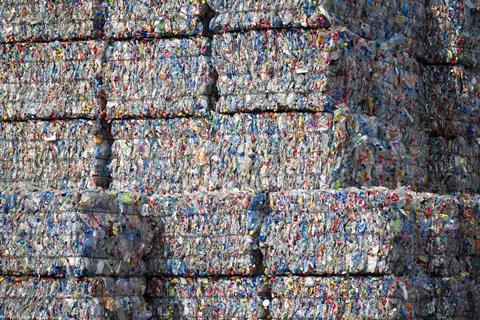
The amount of plastic produced globally has increased from 2 million tonnes in 1950 to 400 million tonnes in 2022. The majority was produced using virgin plastic resin made largely from fossil fuel-based feedstocks and only 38 million tonnes or 9.5% was produced using material from recycled plastics. Although the growth rate for plastic production has slowed from 5–7% a year between 1990 and 2000 to 3–4% since 2010, demand is still rising. Better waste management and recycling methods are therefore needed to try and manage the sheer amount of waste plastic being generated.
There have been some positive outcomes in recent years with an average of 40% of plastic going to landfill in 2022. While this figure may seem high, it is a significant reduction compared with the 50–79% of plastic waste that went into landfill between 1950 and 2015.
Around 34% of plastic waste was incinerated in 2022 – an increase on earlier years. ‘While the word “incineration” brings images of plastic heaps erupting in flames, incineration of plastics in well-designed facilities to recover heat energy for electric power generation or other applications has benefits,’ says Paschalis Alexandridis, an expert in plastic recycling at the University at Buffalo who wasn’t involved in this research. ‘It recovers part of the energy included in plastics and, in doing so, replaces fuel that would typically be coal or petroleum.’
During 2022, an estimated 268 million tonnes of plastic was thrown away. Although 75 million tonnes was allocated for recycling, only 37 million tonnes was sorted and recycled. The rest was sent to landfill or for incineration. ‘This gap is largely due to contamination from food residues or non-recyclable additives, inefficient sorting facilities and the export of waste to countries with inadequate recycling capacity,’ explains Tan.
‘The plastics recycling business is high volume, low margin and the price that recycled plastic can earn in the market fluctuates… Sometimes the plastic coming from consumers is not worth processing,’ Alexandridis adds.
The report presents global averages, but there are also striking differences between areas. Tan noted that it was hard to find accurate data for some places and added that ‘data gaps are also persistent for informal recycling sectors like the amount of plastic collected by waste pickers in Africa and south-east Asia’.
Giving an example of regional differences, Tan explains that the EU28 demonstrated high incineration and recycling rates in 2022, at around 38% and 30%, respectively, with 29% of plastic going into landfill. In contrast, the US recycled only 5% of its plastic, incinerated 12% and put 76% into landfill.
UN member states endorsed a resolution to end plastic pollution in March 2022. The International Legally Binding Instrument (ILBI) on plastic pollution is scheduled to be finalised later this year.
‘We are planning to conduct future research on global plastics patterns, especially to understand how the plastic industry might evolve following the implementation of the ILBI,’ says Tan. ‘We believe advancements in recycling technologies and shifts toward regional circular economies might reshape the global plastic industry.’
References
K Houssini, J Li and Q Tan, Commun. Earth Environ., 2025, 6, 257 (DOI: 10.1038/s43247-025-02169-5)


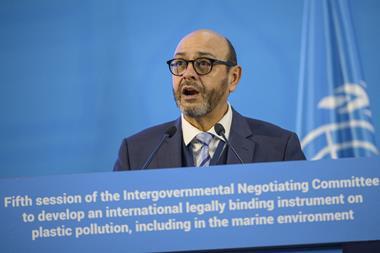

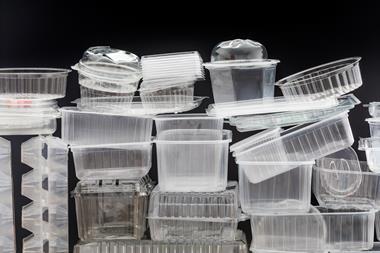
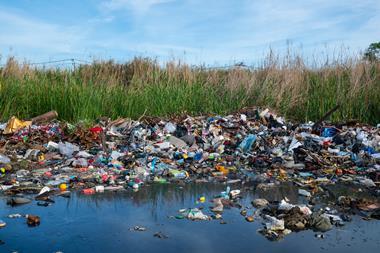
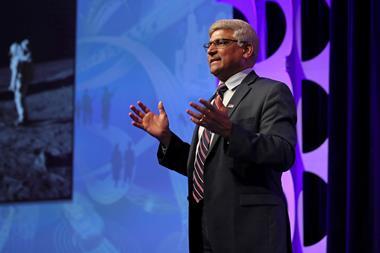




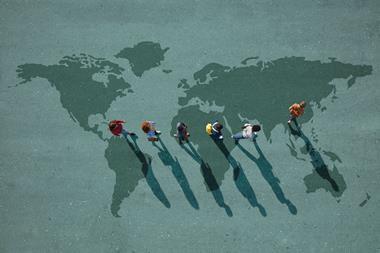
No comments yet